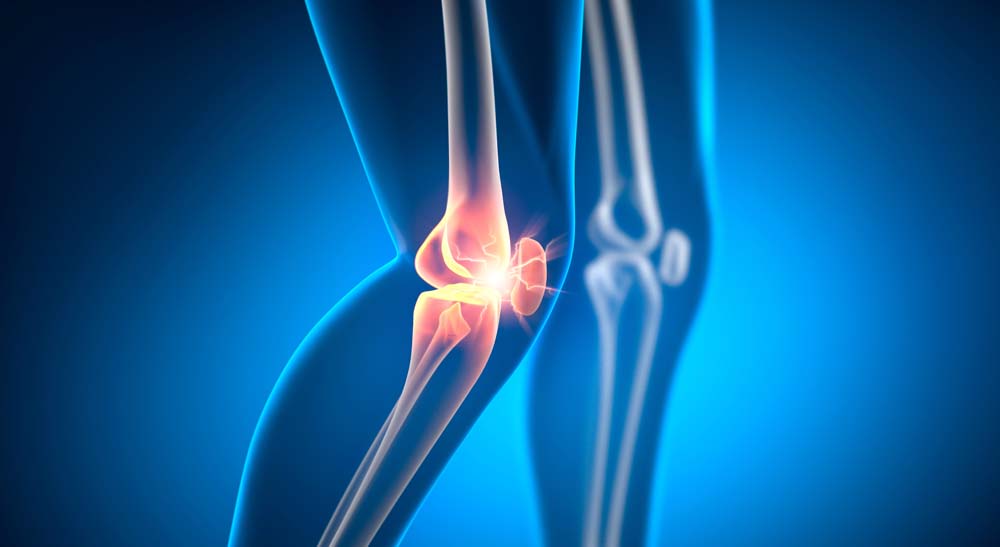
If chronic knee pain is making it hard to stay active, climb stairs, sleep comfortably, or enjoy your daily life, you may not need a full knee replacement to feel better.
Many patients with damage in just part of the knee joint, whether from arthritis, overuse, or trauma from incidents such as motorcycle or truck accidents, can benefit from a less invasive procedure called knee resurfacing, also known as partial knee replacement.
This procedure replaces only the damaged areas of the knee with artificial implants, while preserving as much of your healthy bone, cartilage, and ligaments as possible.
Knee resurfacing is often performed as an outpatient surgery, meaning you can go home the same day, and it typically allows for a faster recovery compared to a total knee replacement.
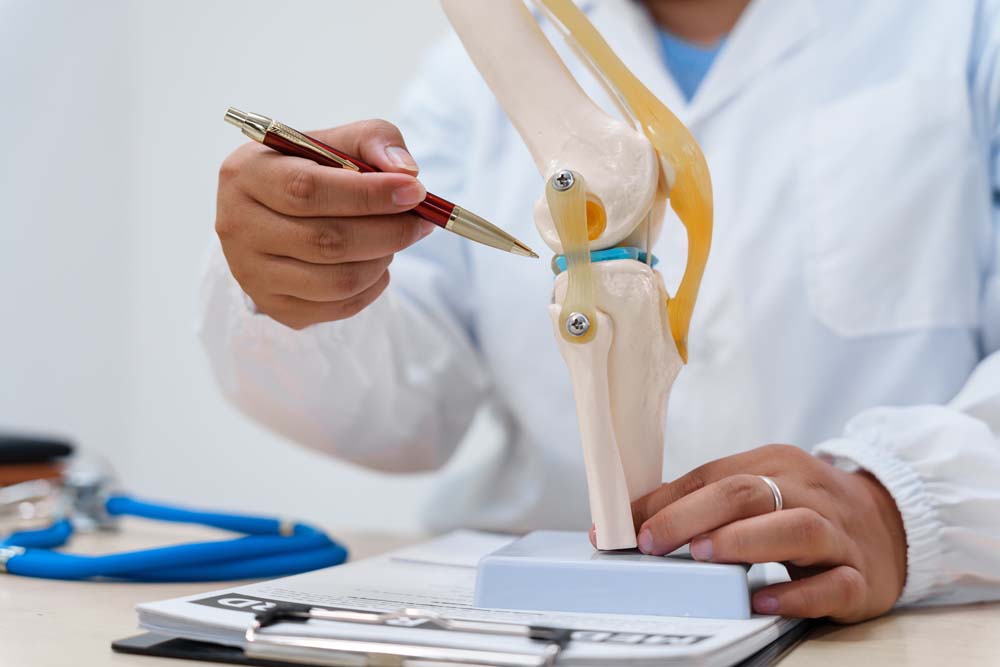

What Is Knee Resurfacing?
Knee resurfacing is a surgical procedure that targets damage in specific areas of the knee joint. The knee has three main compartments:
- Medial compartment: the inner side of the knee
- Lateral compartment: the outer side of the knee
- Patellofemoral compartment: the area between the kneecap and the thighbone
We Are
Impact Medical Group
Impact Medical Group provides advanced orthopedic surgical care to help patients restore mobility and live pain-free.
Our expert team specializes in spine, ankle, elbow, knee, hip, shoulder, hand, and wrist procedures, as well as fracture treatment, articular cartilage restoration, and joint replacement. We focus on personalized solutions and leading techniques to deliver the best possible outcomes.
When damage or arthritis affects only one or two of these compartments, knee resurfacing may be recommended. During the procedure, the surgeon removes the damaged cartilage and a small amount of bone in the affected areas. These are replaced with metal and plastic components that recreate the smooth surfaces of the joint, allowing it to move more easily and with less pain.
Because the healthy portions of the knee are left untouched, the joint can feel and function more naturally than it might after a total knee replacement.
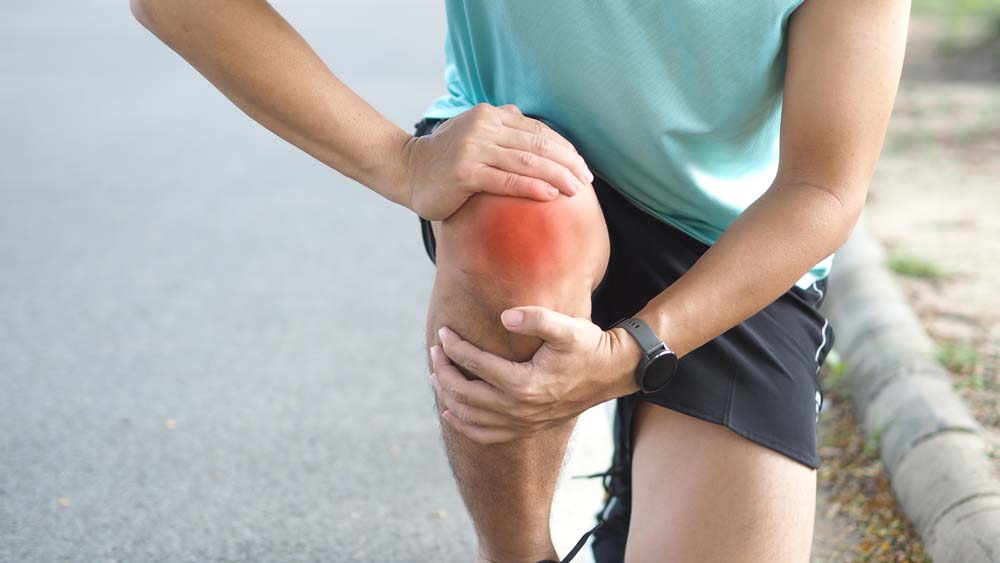
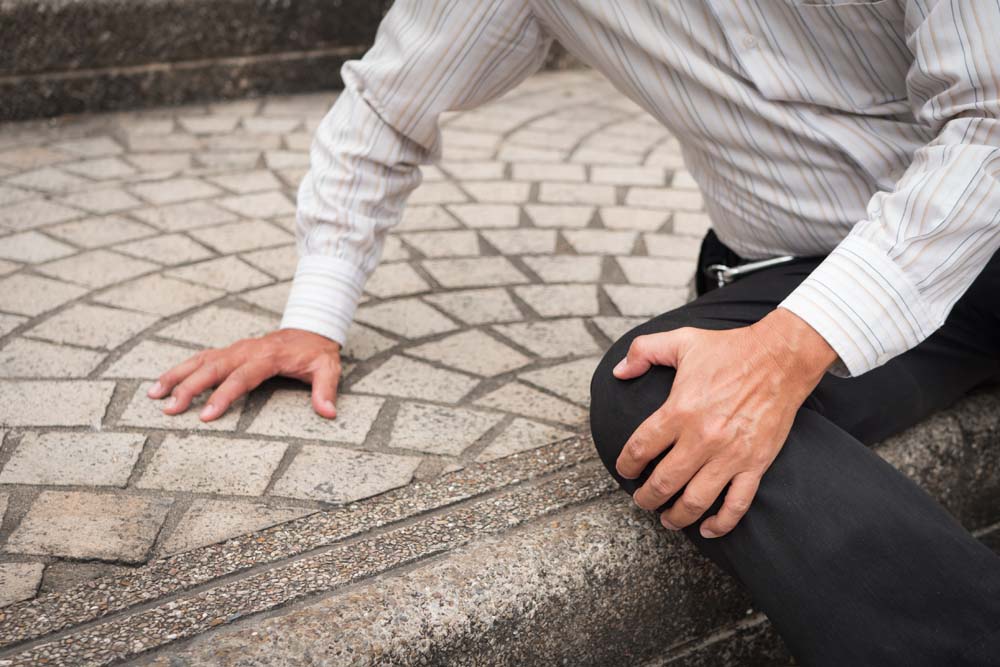
Why Would Someone Need Knee Resurfacing?
Over time, the cartilage in the knee wears down due to aging, arthritis, or injury.
Cartilage acts as a cushion between the bones of the joint, and when it wears away, the bones rub against each other, causing pain, stiffness, and swelling.
You may be a candidate for knee resurfacing if you have:
- Arthritis that is limited to one or two compartments of the knee
- Chronic pain that persists despite medications, therapy, and lifestyle changes
- Pain that worsens with activity and does not improve with rest
- Difficulty walking, bending, or climbing stairs due to knee discomfort
- Pain or stiffness that interferes with sleep or daily activities
It’s important to talk with an orthopedic specialist to determine whether your pain is coming from damage that can be addressed with resurfacing, or if another type of procedure would be more appropriate.
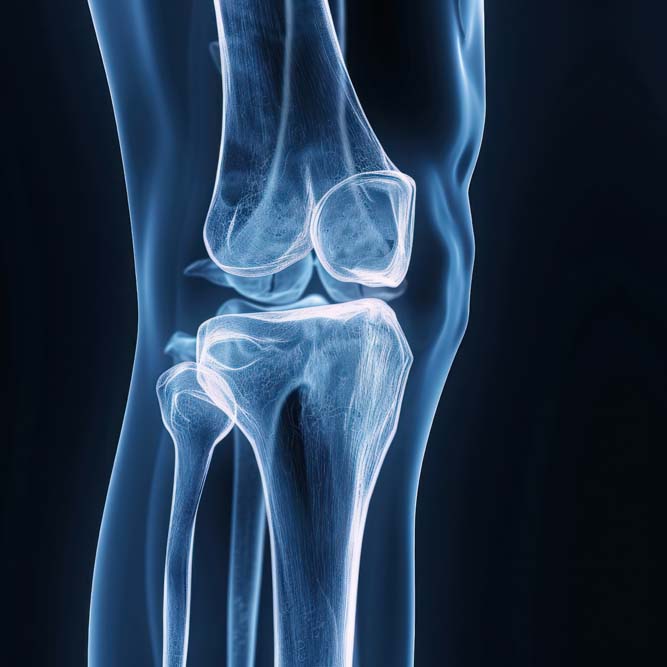
Benefits of Knee Resurfacing
Knee resurfacing offers several advantages over total knee replacement, particularly for patients who still have healthy bone and ligaments in much of the joint:
Preserves healthy tissue
Only the damaged areas of the joint are replaced, leaving the rest of the knee intact.
Less invasive
Smaller incisions and less bone removal mean less trauma to the body.
Faster recovery
Many patients are able to return to activities sooner than after total knee replacement.
More natural feel
Preserving ligaments and bone can make the knee feel more like your own.
Smaller scars and less pain
The reduced surgical impact can result in smaller scars and a more comfortable recovery.
Outpatient option
Many procedures are done on an outpatient basis, so you can go home the same day.

What to Expect During the Procedure
Knee resurfacing typically includes these steps:
- A small incision is made to access the joint.
- Damaged cartilage and a small amount of underlying bone are carefully removed.
- Metal components are secured to the prepared surfaces of the femur (thighbone) and tibia (shinbone).
- In some cases, the back of the kneecap is also resurfaced and fitted with a plastic component.
- A smooth plastic spacer is inserted between the metal parts to allow the joint to glide smoothly.
- The incision is closed with sutures or staples, and the knee is bandaged.
Recovery begins right after surgery. Patients usually start physical therapy soon after the procedure to regain strength, mobility, and flexibility. Most people experience less pain, improved range of motion, and a return to daily activities faster than they would after a full knee replacement.
Who Is a Good Candidate?
Knee resurfacing is not for everyone. Your doctor will evaluate your specific condition to decide whether it’s right for you. Good candidates often have:
- Osteoarthritis or cartilage damage limited to one or two compartments of the knee
- Intact ligaments, particularly the anterior cruciate ligament (ACL)
- Enough healthy bone to support the implants
- Tried other treatments like medications, injections, or therapy without adequate relief
People with severe arthritis affecting the entire knee, significant bone loss, or unstable ligaments may not be good candidates for this procedure.

Take the Next Step Toward Relief
If knee pain is keeping you from the activities you enjoy and conservative treatments aren’t enough, knee resurfacing may offer a solution. This minimally invasive option can relieve pain, restore movement, and help you return to the life you love, while preserving more of your natural knee.
Talk with a specialist at Impact Medical Group to find out if knee resurfacing is right for you. Together, you can develop a personalized treatment plan to help you move with comfort and confidence again.


